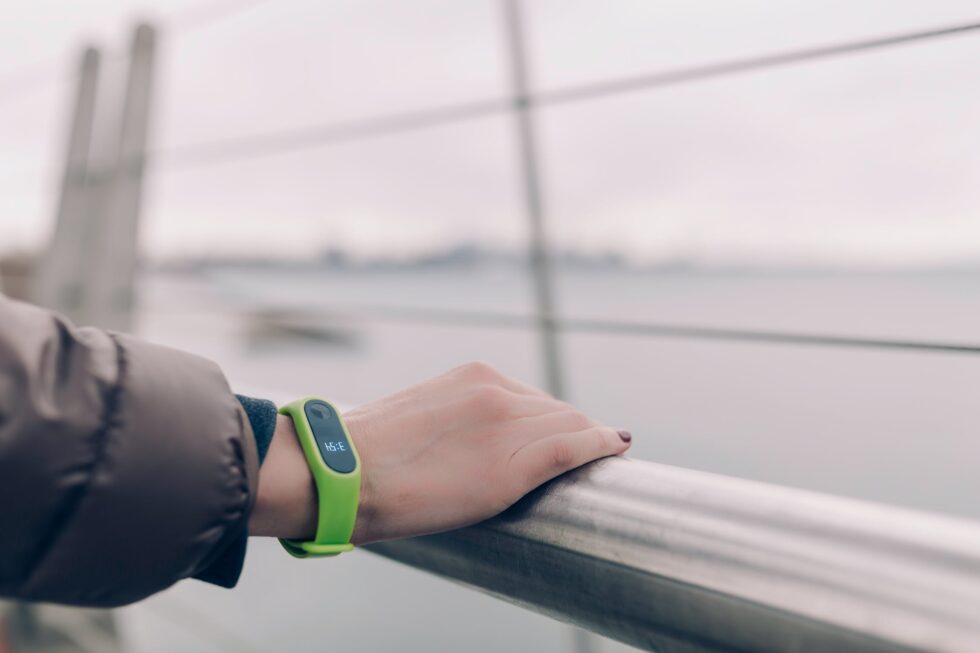How can employers use digital tools to improve the safety of their lone and remote workers?

We can all agree that the real reason any organisation succeeds is its employees and for most, these hardworking people could working from an office, from home, and also travelling for work or working from the field or on-site. The Covid-19 pandemic has hugely increased the number of staff working from home but, even though all are certainly not in the office, there remains a significant difference between lone and remote workers.
Lone workers are those employees who are not working under the close or direct supervision of their employers, sometimes even in isolated and potentially hazardous environments. This can include people with diverse professions including care nurses, delivery drivers, engineers and those in the construction and energy sectors. In contrast remote workers, even though are working from home or from the café down the road, can still be under the close supervision of an employer or a manager and are not exposed to potential risks like their lone worker colleagues. As a result, lone workers are more exposed to unforeseen events and require a greater effort on the part of their employer to ensure that they are prepared for events like extreme weather, natural disasters or even physical attacks.
However, despite the different profiles of remote and lone workers, even within the same organisation, there are options for their employer to improve the safety of all staff and provide greater reassurance without using multiple, distinct systems and processes.
The ideal way to improve the safety of both Lone Workers and Remote Workers without infringing on their privacy.
- Location Reporting
As an employer or the supervisor of workers outside company premises, you need to have timely updates of their whereabouts so that you can reach out to them in case of emergencies. Using technologies that can help with dynamic locations for this can prove beneficial such as staff location reporting apps or worker tracking systems that use real-time GPS so staff can report where they are in real-time.
- Appropriate amount of training
It is necessary for all such workers to have knowledge on how to assess a particular risk and adopt necessary measures, which requires training. Lone workers must have periodic training programs that tests their risk assessment skills and how they tackle them.
- Monitoring or periodic check-ins
App-based staff communication platforms offer an ideal way to check in with multiple staff simultaneously whilst respecting their privacy during working hours, whilst equipping them with a way to alert their managers to an emergency outside normal hours.
- Prioritising privacy
Tools like Trygg are ideally suited to organisations who want to stay more connected and improve the safety of their staff without compromising on their privacy. With Trygg the staff themselves have control of their location data and can decide to share it with their employer at their own discretion. This is critical to ensure trust in a digital safety system that involves user location features.
Listed above are a few ways that can ensure that organisations can improve the safety of their staff and ensure they are meeting their duty of care obligations. It is important for employers to offer the same digital safety tools to all its staff – both lone working and working remotely, as they are the real drivers of business success and they deserve the highest level of support from their employers. The world has changed and technology has moved on, offering employers who are ready to innovate new ways to locate, communicate with and generally support staff outside the traditional office environment.